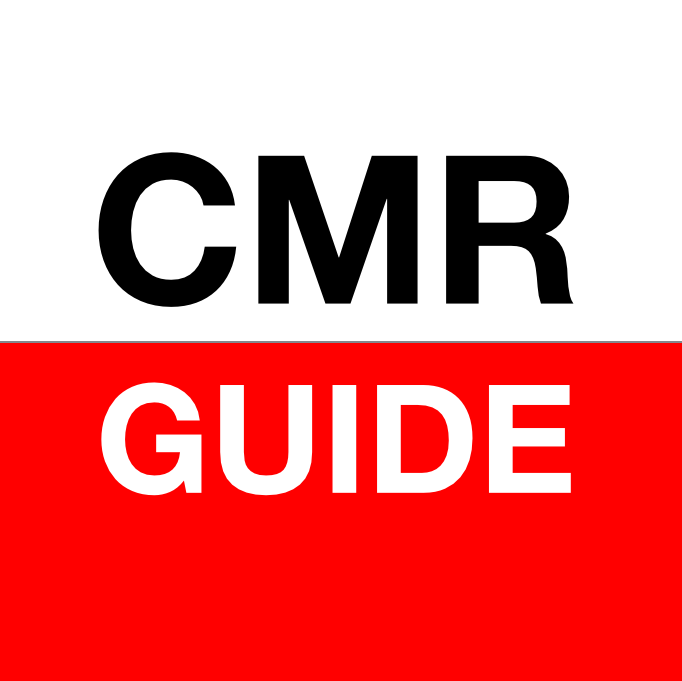 Introduction
Introduction
Foreword 2
Safety
Common Devices 4
Nephrogenic Systemic Fibrosis 5
Planning
Anatomical Stacks 6
Left Ventricle 7
Right Ventricle, Pulmonary Arteries 8
Aortic Valve, Aorta 9
Flow Aorta, Pulmonary Artery 10
Mitral Valve Segments 11
Acquisition
Module A - Anatomy 12
Module B - LV Function 13
Module C - RV Function 14
Module D - Perfusion 15
Module E - Gd Enhancement 16
Module F - QFlow 17
Module G - Edema 18
Module H - Angiography 19
Module I - Coronary Artery Imaging 20
Module J - Tagging 21
Module K - T1 Mapping 22
Module L - T2* Mapping 23
Imaging Poor Breath-Holders 24
Imaging Patients With Arrhythmia 26
Artefacts
Artefacts 26
Clinical Indications
Ischemic Heart Disease
Coronary Supply 27
17 Segment Model 31
Perfusion 32
Wall Motion 35
Acute Myocardial Infarction 39
Myocardial disease
Amyloidosis 46
Anderson Fabry Disease 49
Arrhythmogenic RV Cardiomyopathy 51
Dilated Cardiomyopathy 53
Endomyocardial Fibrosis 56
Hypertrophic Cardiomyopathy 59
Iron Overload Cardiomyopathy 66
Endomyocardial Fibrosis 60
Iron Overload Cardiomyopathy 62
LV Non-Compaction Cardiomyopathy 68
Myocarditis 70
Sarcoidosis 73
Tako-Tsubo Cardiomyopathy 75
Pericardial disease
Pericarditis 78
Constrictive Pericarditis 79
Pericardial Effusion 81
Valvular Heart Disease
Mitral Valve 85
Other Heart Valves 90
Vessels
Anomalous Coronary Arteries 96
Aortic Disease 99
Cardiac Masses
Tumours 102
Differential diagnosis
LV Hypertrophy 108
LGE Patterns 109
LV Recesses / Outpouchings 110
RV Dilatation 112
Normal Values
LV Parameters Male 116
LV Parameters Female 117
RV Parameters Male 118
RV Parameters Female 119
Aortic Root Dimensions Male 120
Aortic Root Dimensions Female 121
References, etc.
Common MR Terminology 122
Abbreviations 123
Literature References 124
Conditions of Use 125
Contact the Authors 126